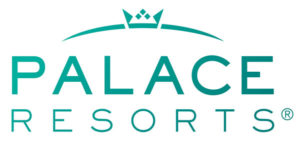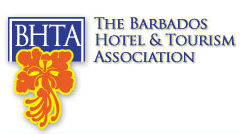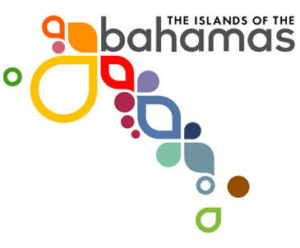
Everyone wants to look and feel their best on their wedding day. For some, this might mean considering plastic surgery to achieve their desired look. As a wedding planner, supporting your clients through this delicate process is essential.
This article will provide insights on popular procedures, ideal timelines for consultations and recovery, and how to coordinate effectively with both clients and cosmetic surgeons to ensure a smooth experience.
Understanding Popular Procedures
Plastic surgery has become more common, and many couples consider it part of their beauty preparations. Some of the most popular procedures include:
Botox and Fillers: These non-surgical treatments help reduce wrinkles and fine lines, providing a youthful look. They are relatively quick, with minimal recovery time.
Rhinoplasty (Nose Job): This surgical procedure reshapes the nose and is one of the more common surgeries brides opt for. Recovery can take a few weeks, so timing is crucial.
Breast Augmentation or Reduction: Brides may choose to enhance or reduce their breast size to achieve the perfect fit in their wedding dress. Recovery can take several weeks, so early planning is essential.
Liposuction: This procedure helps remove stubborn fat from specific areas of the body, giving brides a more contoured look. Recovery varies depending on the extent of the surgery.
Facial Rejuvenation: Procedures such as facelifts, eyelid surgery, and skin treatments can help brides achieve a refreshed and youthful appearance. These surgeries often require significant recovery time.
Timelines for Consultations and Recovery
Timing is everything when it comes to plastic surgery. Brides need to plan their procedures well in advance to ensure they are fully recovered by their wedding day. Here are some general guidelines:
Initial Consultation: Brides should schedule their first consultation with a plastic surgeon at least 9 to 12 months before the wedding. This allows ample time for discussions, planning, and decision-making.
Surgical Procedures: For surgeries like rhinoplasty, breast augmentation, or liposuction, the procedure should ideally be done 6 to 9 months before the wedding. This timeline provides sufficient recovery time and any necessary follow-up appointments.
Non-Surgical Treatments: Botox and fillers should be scheduled 3 to 6 months before the wedding. This timing allows for any adjustments and ensures that any minor bruising or swelling has subsided.
Final Touch-Ups: Any final touch-ups or minor treatments should be done at least 1 to 2 months before the wedding to ensure the bride looks and feels her best without any last-minute issues.
Coordinating with Clients and Cosmetic Surgeons
As a wedding planner, your role is to ensure that everything aligns smoothly with the wedding schedule. Here are some tips on how to coordinate effectively:
Open Communication: Have an open and honest discussion with your client about their beauty goals and any plastic surgery they are considering. Understanding their expectations will help you plan better.
Research Surgeons: Help your client find reputable plastic surgeons if they haven’t chosen one already. Look for surgeons with good reviews and a strong portfolio of work.
Schedule Management: Work closely with the client and the surgeon to create a detailed schedule that includes consultation dates, surgery dates, and recovery periods. Make sure this schedule aligns with other wedding preparations and key events.
Health and Safety: Emphasize the importance of health and safety. Ensure the bride follows all pre- and post-surgery instructions given by the surgeon to avoid complications.
Emotional Support: Undergoing plastic surgery can be an emotional journey. Be supportive and empathetic, offering encouragement and understanding throughout the process.
Plan for Contingencies: Always have a backup plan in case of any delays or complications. This might include alternative timelines or additional recovery time if needed.
Ensuring a Smooth Experience
To ensure a smooth experience for your client, consider the following additional tips:
Regular Check-Ins: Schedule regular check-ins with the bride to monitor her progress and address any concerns. This will help you stay updated on her recovery and make any necessary adjustments to the wedding plans.
Collaborate with the Surgeon: Maintain open communication with the cosmetic surgeon. Understanding the medical aspects of the procedures will allow you to provide better support and make informed decisions.
Beauty Trials: Plan beauty trials, including makeup and hair, around the recovery timeline. Ensure the bride feels comfortable and confident in her look well before the wedding day.
Diet and Exercise: Encourage the bride to follow a healthy diet and exercise routine as recommended by her surgeon. This will aid in her recovery and help her feel her best.
Stress Management: Wedding planning can be stressful, and adding plastic surgery to the mix can increase anxiety. Help your client manage stress through relaxation techniques, adequate rest, and perhaps even professional counseling if needed.
Conclusion
Deciding to improve bridal beauty with plastic surgery is a choice that needs to be thought through carefully and supported. As a wedding planner, your job is to help your clients through this process with kindness, good organization, and professionalism. By knowing about popular procedures, managing time well, and working closely with cosmetic surgeons, you can make sure your clients look and feel amazing on their big day.







Leave a Reply